1. Torre De Belem / Belem Tower
The beautiful Tower of Belem looks like a small castle on the Tagus river but it was actually built in the 16th century to protect Lisbon’s port. It served as a departure point for Portuguese explores, as well as, the ceremonial gateway to Lisbon during the Portuguese Renaissance. It was also named a UNESCO World Heritage site. It’s a great place to take in a sunset and makes for great scenery for photos.
The Belém Tower is free to visit, but to tour inside, you’ll need to pay 6 euros (approximately $7.50) per person. The hours for the Belém Tower vary by season, but it is generally open Tuesday through Sunday from 10 a.m. to 5:30 or 6:30 p.m. You can reach the tower via Tram 15 to Belém. For more information about the tower, visit the official government website.
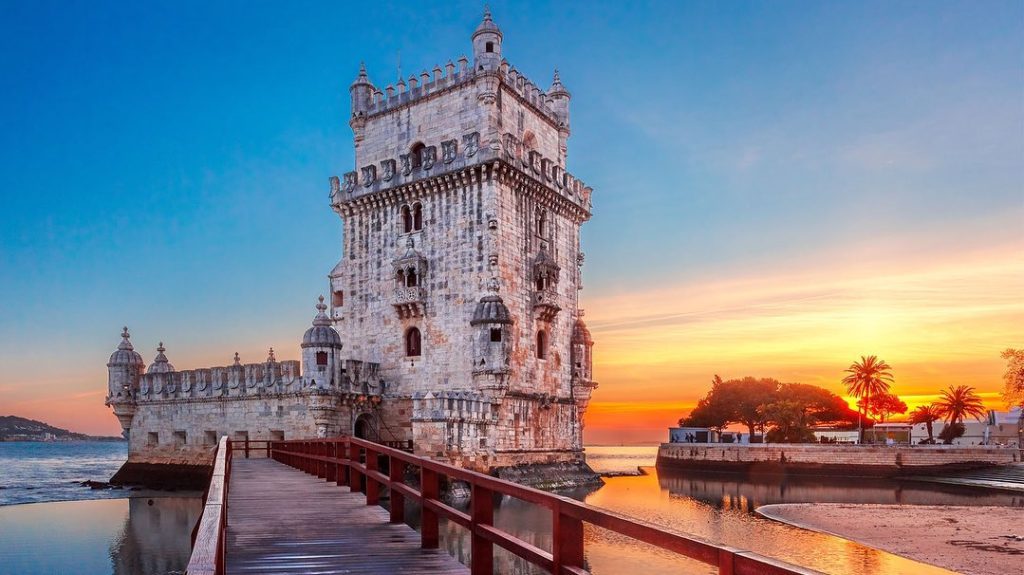
2. Padrão dos Descobrimentos / The Monument of Discoveries
Also located on the northern bank of the Tagus River is the Padrao dos Descobrimentos, or the Monument of Discoveries in English. The monument was built in the 1960s in conjunction with the 500th anniversary of Henry the Navigator’s death. The monument was is located along the river where ships departed to explore and trade with India and the Orient and celebrates the Portuguese Age of Exploration during the 15th and 16th centuries. On the statue itself you’ll see notable Portuguese people including artists, navigators and more. You can also go inside the monument where you can watch a multimedia presentation of Portugal’s history as well as climb to the top of the monument for greater views of the river.
The Monument to the Discoveries is free but costs 4 euros (less than $5) to tour inside. It’s open Tuesday through Sunday between 10 a.m. and 6 p.m. You can also reach reach the Monument of Discoveries via Tram 15 to Belém.
3. Mosteiro dos Jerónimos / Jeronimos Monastary
The Mosteiro dos Jerónimos, also known as the Monastery of St. Jerome or the Jerónimos Monastery, is a UNESCO World Heritage site located in Lisbon’s Belém district. The construction of the monastery and church began in January 1501, and was completed 100 years later. It was built during the Age of Discoveries to honor explorer Vasco da Gama, as he and his crew spent their last night in Portugal at the site before embarking on their famous journey to India in 1498. It also served as the former monastery of the Order of Saint Jerome.
The monastery itself is an example of the highly ornate Portuguese Late Gothic Manueline style of architecture. You can explore the beautiful grounds at your own pace also stop by the Chapel of St. Jerome and the tombs, which contain notable Portuguese people in history including a handful of royals and Vasco da Gama himself.
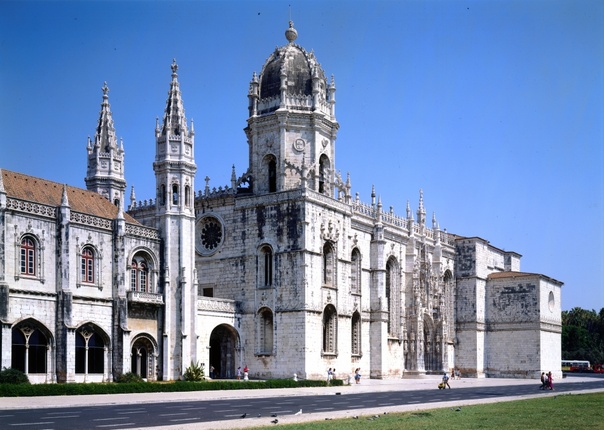
4. Castelo De S. Jorge / St George’s Castle
St. George’s Castle sits on Lisbon’s highest hill in Alfama, offering both excellent history and views of the city. The castle was first established by the Romans in 200 BC, and throughout the years, it was repurposed several times and even became a royal palace at one point. It saw the fall of the Romans to the Visigoths, experienced the conflicts between the Arabs and Christians, survived sieges by the Castilians and witnessed the birth of Portugal as a seafaring nation.
This varied history is reflected throughout the castle, as you’ll see heavily fortified battlements, medieval royal quarters and seaward views, which inspired exploration within Portuguese kings. In the early 20th century, the castle found itself in ruins but a fantastic work of restoration took place between 1938 and 1940. This also led to the discovery of countless historical vestiges and artifacts, which can now be seen in the permanent exhibition or on a guided tour.
You can reach the Castle by taking Tram 28, or walk from the two nearest metro stations, Martim Moniz and Rossio. The Castle is open 7 days a week and costs 10 Euro for adults and children under 10 are free. For more information, visit the Castelo de São Jorge’s website.
5. Take A Day Trip To Sintra
Sintra is a beautiful Portuguese town that is situated within the hills of the Serra de Sintra. Here you’ll find beautiful hills, extravagant palaces, opulent mansions and the ruins of an ancient castle. The Palácio Nacional da Pena is one of Europes most beautiful palaces and is a must see. The combination of beautufile historic buildings, the charming town center, and beautiful outdoor space make this a must see. Also, Sintra is located only 40 minutes away from Lisbon by train, meaning you can do it in a day!
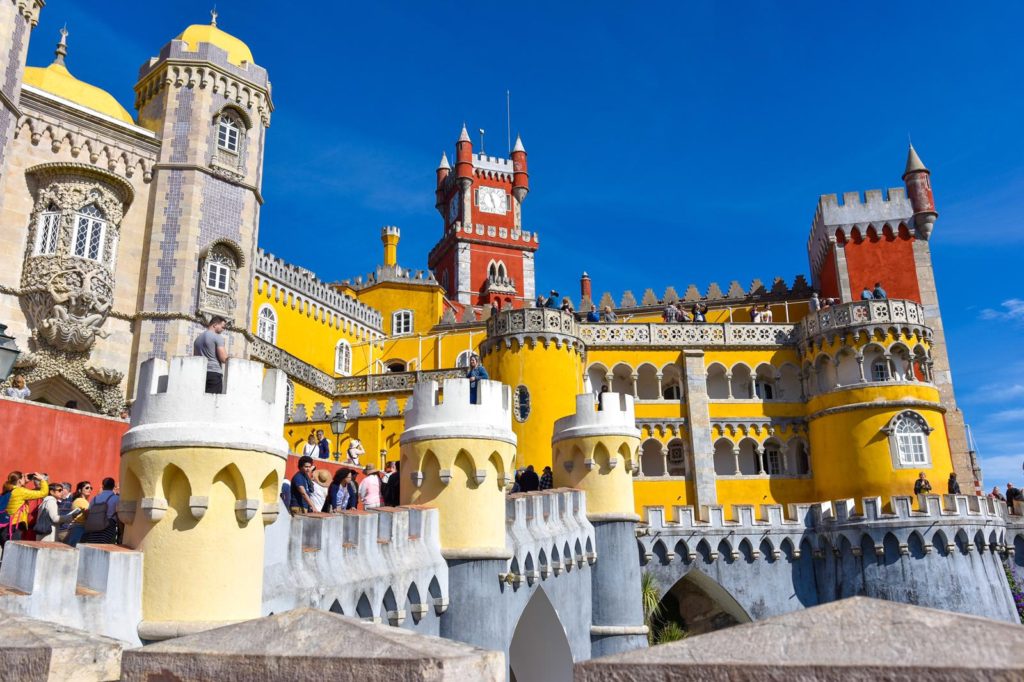

6. Check out the Lisbon Oceanarium
The Lisbon Oceanarium is located in the Parque das Nações, which was the exhibition grounds for the 1998 Worlds Fair (Expo ’98). It also holds the title as the largest indoor aquarium in Europe. Inside you’ll find a giant aquarium with millions of litres of saltwater inhabited by countless creatures including penguines, seagulls, sharks, seahorses, coral, and much more. In total there are about 16,000 animals of 450 different marine species, mammals, and pants. The oceanarium also features temporary shows that will be surely blow your mind.
7. Praca De Comercia / Commerce Square
The Praca De Comercia is of the biggest squares in Europe. Located along the Tagus river, this area in downtown Lisbon displays beautiful works of art and sculpture, and is a great place for a stroll, people watching, or catching a beautiful sunset. The square is bordered by restaurants where you can relax and grab a bite to eat or a refreshing drink on a hot day. The plaza is home to the oldest café in the city, Martinho da Arcada, which was established in 1782.
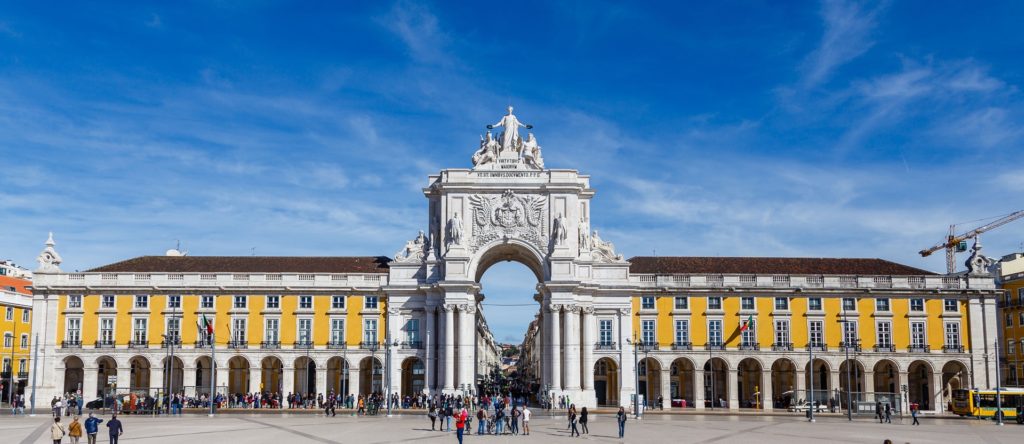
8. Shop
What’s a vacation without a bit of shopping? Lisbon offers a wide variety of goods from bespoke gloves, to tableware to those tins of sardines you see everywhere. The Baixa, or Baixa Pombalina, is a grid of streets north of Praça do Comércio and is an excellent area for shopping. You will find newer, well known stores, as well as, older traditional stores. Some shops are so old they have seen three centuries come and go.
Amoreiras Shopping Center is another location for some great shopping. Located in the center of Lisbon, here you will find some of the great retailers, both Portuguese and International. It’s a great place to find that special gift amongst a wide variety of clothing, cosmetics, jewelry, and much more. As an added bonus, non-resident EU visitors can also benefit from an immediate tax discount of up to 15% on purchases.
The Chiado and Bairro Alto neighbourhoods are also two great areas shop in Lisbon. Not only will you find a variety of shopping options, but the buildings and streets are beautiful, offering some great scenery as you stroll along. Chiado offers more worldwide recognized brands like Zara, Nespresso, Apple etc. You’ll also find a good mall here, Armazéns do Chiado. If you’re looking for more Portuguese items in Chiado, head to Rua Garrett street. You’ll find a variety of Portuguese goods including cigars, teas, coffee, wines, the famous blue and white ceramics, linens and much more.
In Bairro Alto you will find more independent boutiques. You’ll find vintage goods, concept stores, wines, and more. Additionally, many local fashion designer stores have opened their doors in the area.
9. Try the best Portuguese food at Time Out Market Lisboa
If you’re a foodie like me, eating is one of the highlights of any destination I go to. Time Out Market Lisba is a food market wth more than 40 food vendors inside. You’ll find a WIDE variety of food including cod, burgers, pastas, pizzas, seafood and so much more. What makes this place so special is that everything in the food market has been chosen, tasted, and tested by an independent panel of city experts: Time Out’s own journalists and critics. This means you can’t go wrong in whatever you choose. This isn’t an exaggeration, but the Time Out market boasts a selection of some of the best restaurants and bars in the city and you won’t be disappointed.
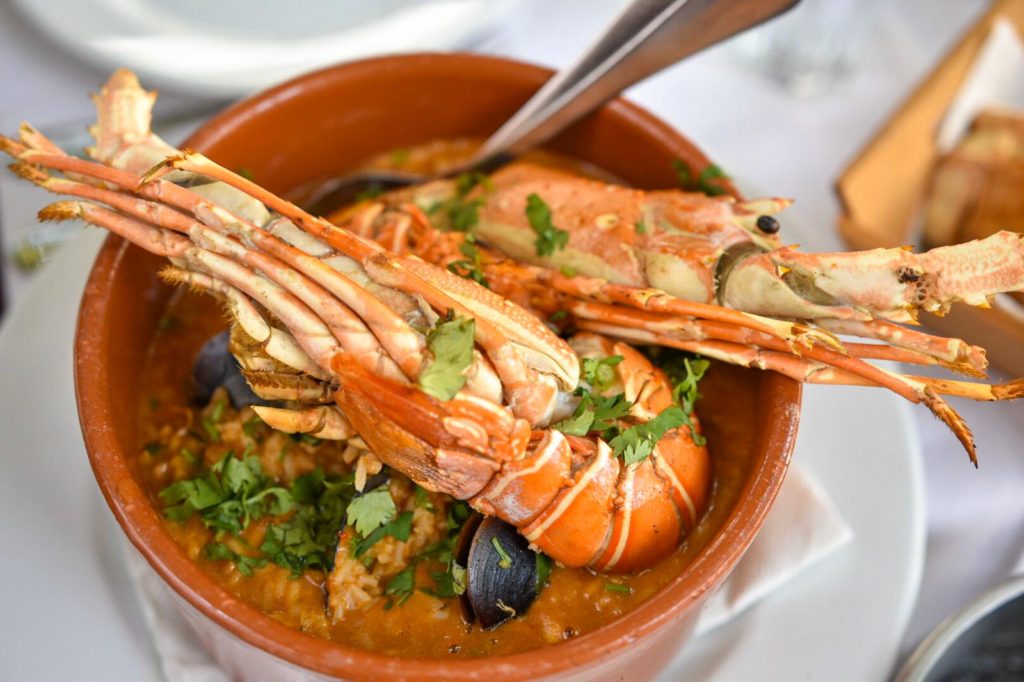
10. Take an Africa History Tour
Did you know that Portugal exported an estimated 9 million slaves from Africa to the Americas, more than any other country in the world? They are often credited with starting the transatlantic slave trade. Learn more about this lesser known part of Portuguese history and reflect on the truths and lies that exist about this time and how it affected people all over the world. I would recommend taking a tour with Naky of African Lisbon Tour. You can book the tour online here.
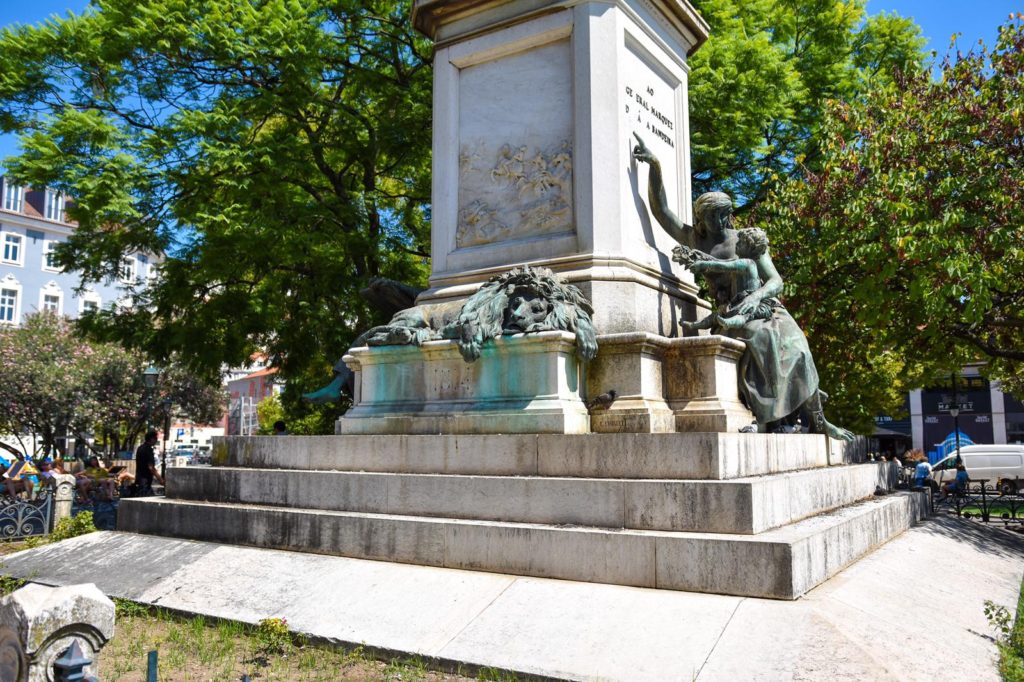
11. Ride Tram 28
Lisbon used to full of tram lines but they’ve slowly disappeared over the years as the city’s underground mentor system was built, and subsequently, expanded. The trams pictured below date from the 1930s and are still an integral part of Lisbons Transportation network. These historic trams are still in use because the route is unsuitable for modern trams, due to its numerous tight turns and steep hills. A ride along tram 28 route provides one of the best tours of Lisbon, as it connects Martim Moniz with Campo Ourique, and passes through the popular tourist districts of Graca, Alfama, Baixa and Estrela. It’s literally one of the most perfect sightseeing paths through Lisbon. Riding the famous yellow tram is a throwback to classic Lisbon and a must do for any visitor to the city.
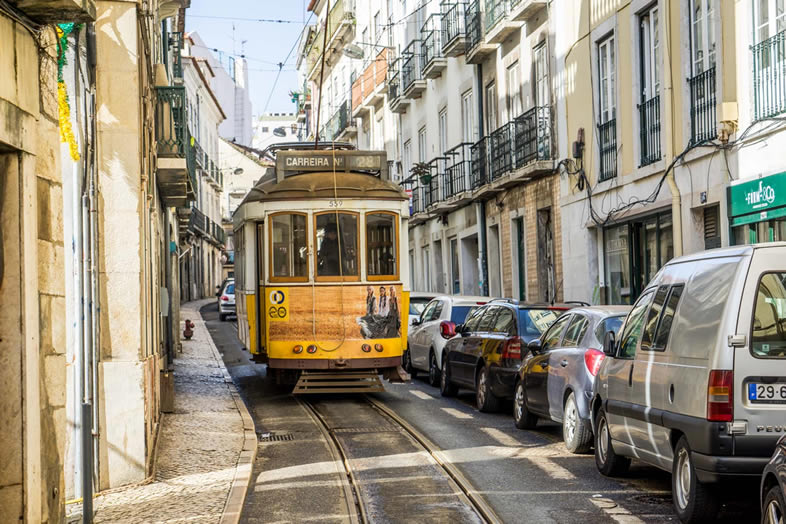
12. Walk The Tram 28 Route
Because the Tram 28 route IS so scenic and perfect, many tourists flock to ride it. This can mean long lines (queues) to get on the tram, as well as, being packed in once you’re aboard. An alternative way to enjoy this route is simply to walk it. If you divide the route into two sections on either side of the central Baixa district, you can divide the walk into two parts or walk the entire length. If you follow the tracks, you won’t get lost. Most of all, take your time and enjoy the walk because there is a LOT to see along the route.
13. Eat Sardines
Sardines were discovered in abundance along the Atlantic coast by the Romans, who first settled in Lisbon in 19 BC. , this oily fish quickly became a delicious staple of the Atlantic diet. Today, sardines in Lisbon are basically a national icon so you can’t leave the city without tasting them. Served straight on a plate or between slices of bread, sardines are a beloved dish in Portugal. In fact, Lisbon has a one-month festival dedicated to sardines. The best time to order sardines in Lisbon is between June and October. In fact if you visit in summer, you’ll more than like encounter the smell of grilled sardines everywhere you go. In June, there are food stalls everywhere around Lisbon where you can get cheap sardines and local street food. If you order Sardines outside of the months of June and October, they’ll probably be frozen so make sure to ask before you order.
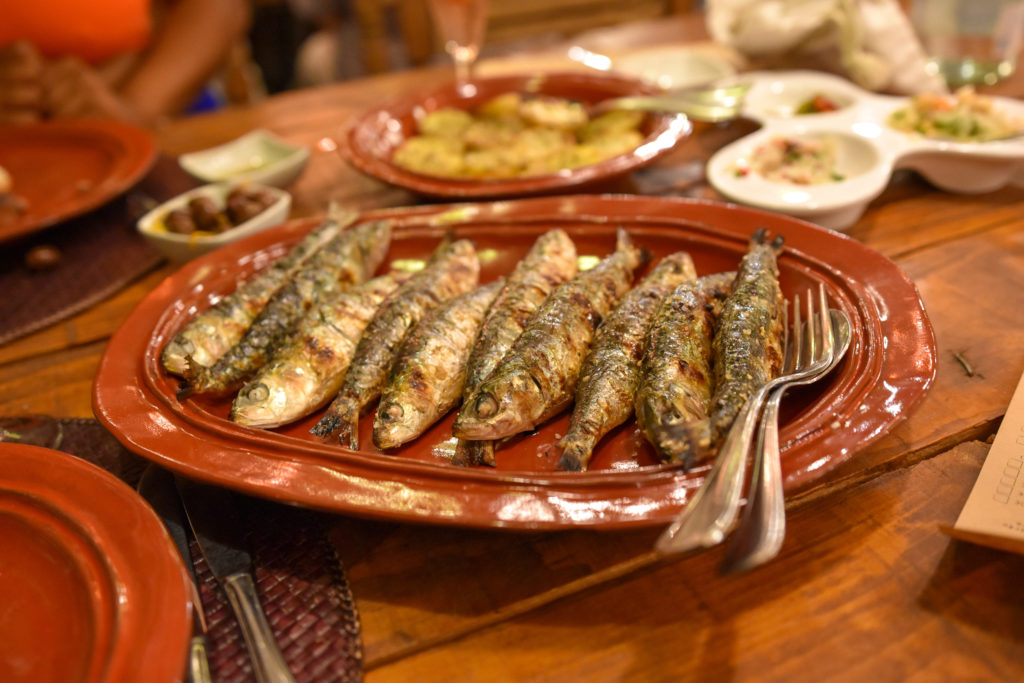
14. Santa Justa Elevator (Elevador de Santa Justa)
The Elevador de Santa Justa is a 147 foot tall, neo-gothic elevator over 100 years old located at the end of Rua de Santa Justa in the Baxia neighborhood. It was designed by Raoul Mesnier du Ponsard, a former student of Gustave Eiffel – creator of the Eiffel tower. It was constructed as a convenient shortcut for commuters, connecting the lower streets of the Baixa with the higher Barrio Alto, without having to walk up the steep hill. Once at the top, you will see spectacular views of Lisbon from the observation deck, including St. George’s Castle, Rossio Square and the Baixa neighborhood. Since it’s opening, it’s become a popular tourist attraction for the city and it’s definitely worth checking out.
15. Get Lost In The Alfama District
Travelers come from far and wide to witness the famed charm of the Alfama district, and once you visit, you’ll know why. It has a history dating back to the Moors and is characterized by narrow, cobblestone and colorful streets, cozy restaurants, traditional Fado clubs, and quaint shops. The architecture of the buildings remains historic and well preserved, which adds to the charm of the neighborhood. The neighborhood has many points where you can take in spectacular views including Miradouro de Santa Luzia or the Miradouro Sophia de Mello Breyner Andresen. The neighborhood is also home to popular city attractions like St. George’s Castle, Sé Cathedral and Feira de Ladra.
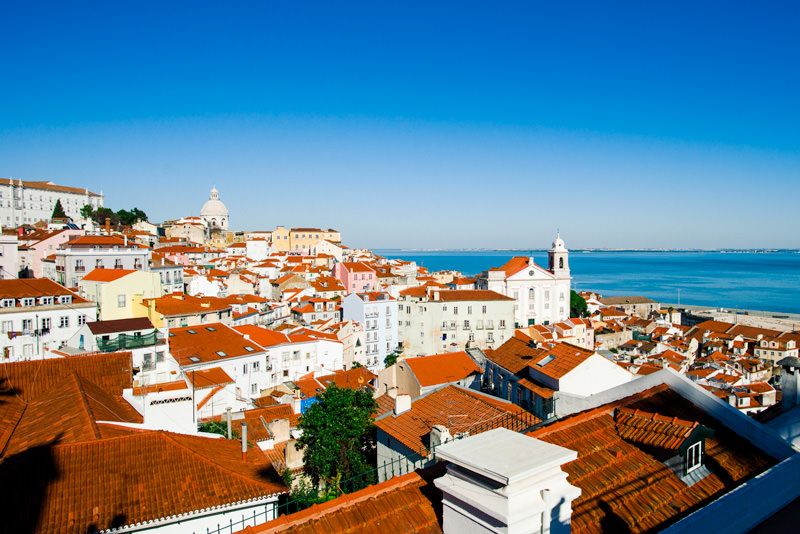
16. Relax on the Rossio
The Rossio is the popular name of the King Pedro IV Square and located in downtown Lisbon. It’s been one of the main squares since the Middle Ages and still serves as one of the liveliest squares in the city. You’ll find tourist and locals alike, siting and relaxing, having a drink at one of the many cafes, grabbing a bite to eat or taking in the sites. On either side of the square are two baroque fountains, and in the center is a monument measuring 27 meters in height. It consists of a pedestal with marble allegories of Justice, Wisdom, Strength, and Moderation, qualities attributed to Dom Pedro IV, whose statue stands on top of the monument.
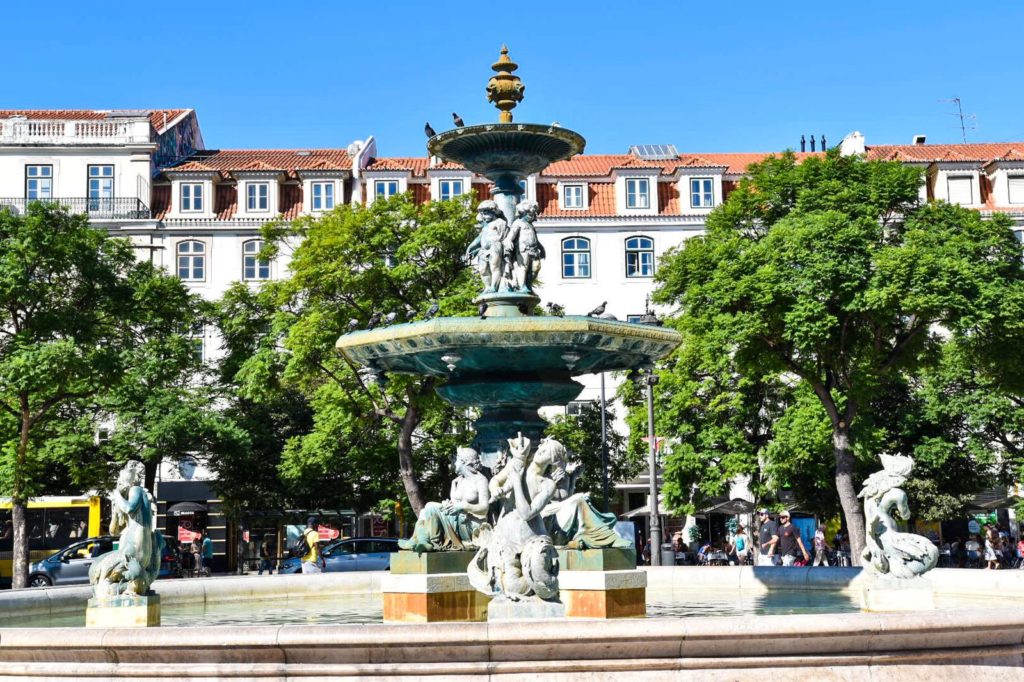
17. Grab Breakfast, Brunch and Coffee in Barrio Alto
Bairro Alto is a picturesque neighborhood dating back to the 1500’s. Thanks to its central location, it’s also great for breakfast, late brunches or just grabbing a cup of coffee. The restuarants and cafes in the neighborhood often have many open terraces where you can see stunning views of Lisbon’s skyline while you dine. A few good spots to try are Flower Power by Carlos Filipe, Tagide, Restaurante Flores do Bairro Alto, The Decadente, and Manteigaria Bakery.
18. Eat Lisbon’s Most Iconic Sweets at Pastéis de Belém
It won’t take long after arriving in Lisbon that you will notice the city’s love of sweets. You’ll see tons of cafe filled with everything from cookies, to cakes, to tarts. The most iconic pastry in Lisbon is the Pastel De Nata or Custard Tart. These custard tarts are filled with sweet egg cream and covered in flaky pastry dough and small enough to fit in the palm of your hand. You can try them in the city but I recommend you try them at the world famous Pastéis de Belém bakery. This world famous bakery has been around since 1834 when the Jerónimos Monastery started selling sweets. To this day, they make their warm, creamy tarts with a super secret recipe. The large tea rooms and blue and white azulejos are an ideal and authentic setting to enjoy these tasty treats.

19. Discover Embaixada
Embaixada is a 19th-century Arabian palace turned shopping gallery. It’s located in Ribeiro da Cunha Palace in the neighbourhood of Príncipe Real. Embaixada hosts a series of national brands and artists focused on Portuguese design, craftsmanship, fashion, gastronomy and culture. There is also an impressive restaurant and garden in the palace as well.
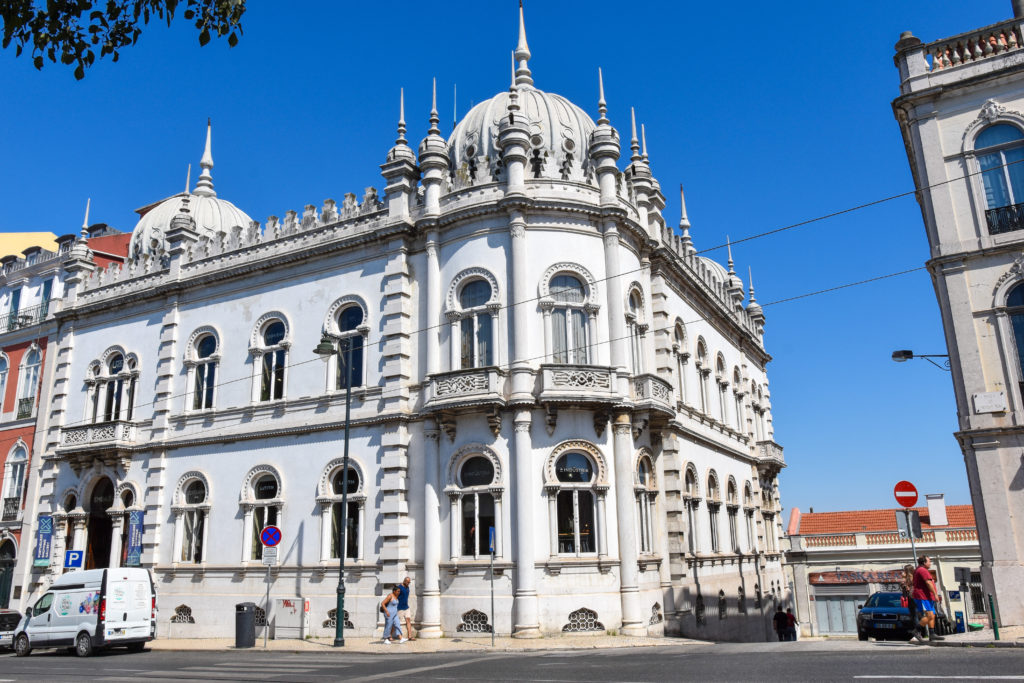
20. Learn about History of Art at Calouste Gulbenkian Museum
The Calouste Gulbenkian Museum is one of Europe’s leading fine arts museums, with exhibits dating from 2000 BC to the early 20th century. What’s even more interesting about this museum is that all of the works came from one person. The late Calouste Gulbenkian, a former oil tycoon and art collector, amassed 6,000 works of art in his lifetime, and donated it all to Portugal upon his death. The selection is pretty diverse, including art from all over the world including Egyptian statues, European paintings from masters Rubens and Rembrandt, and Chinese porcelain, and much more. There are also excellent temporary exhibitions, with pieces lent by institutions around the world.
21. Lisbon Cathedral / Sé De Lisboa
Lisbon Cathedral, better known as Sé de Lisboa, is the oldest and most important church in the city. Construction of this Cathedral started in 1147 and ended in the first decades of the 13th century. It was the first religious building constructed by the 12th century Christian Crusaders and was erected on the site of an important Mosque that was destroyed.
There are two main tourist sections to the cathedral; the religious nave, transept and sanctuary and the cloisters to the rear. The cloisters have been partially excavated to reveal the underlying foundations of the mosque that the Se Cathedral was constructed upon. Inside the cloisters you’ll see several Roman, Arabic, and Medieval remains. It’s well worth the trip!
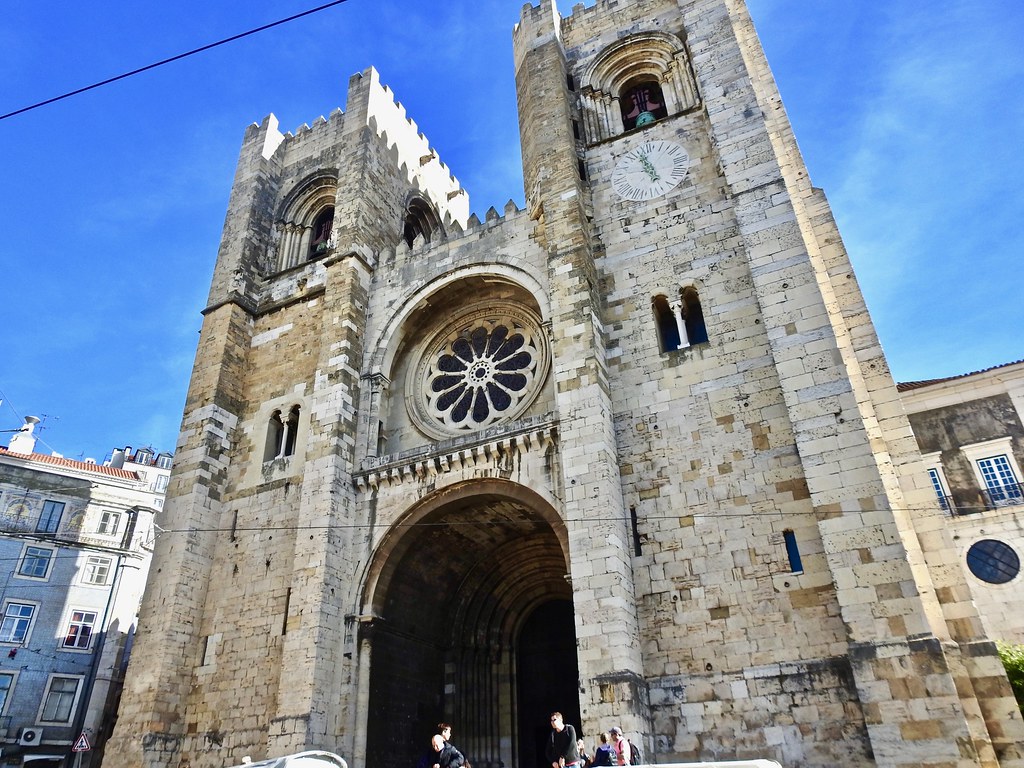
Lisbon Cathedral / Sé De Lisboa

Geron is an avid traveler, entreprenuer and mens style aficionado. He love’s mac and cheese, getting discounts, his momma, and a good whiskey, not particularly in that order. It’s alleged he lives in Miami, but no one really knows anymore.
Follow him on instagram at @geronp










